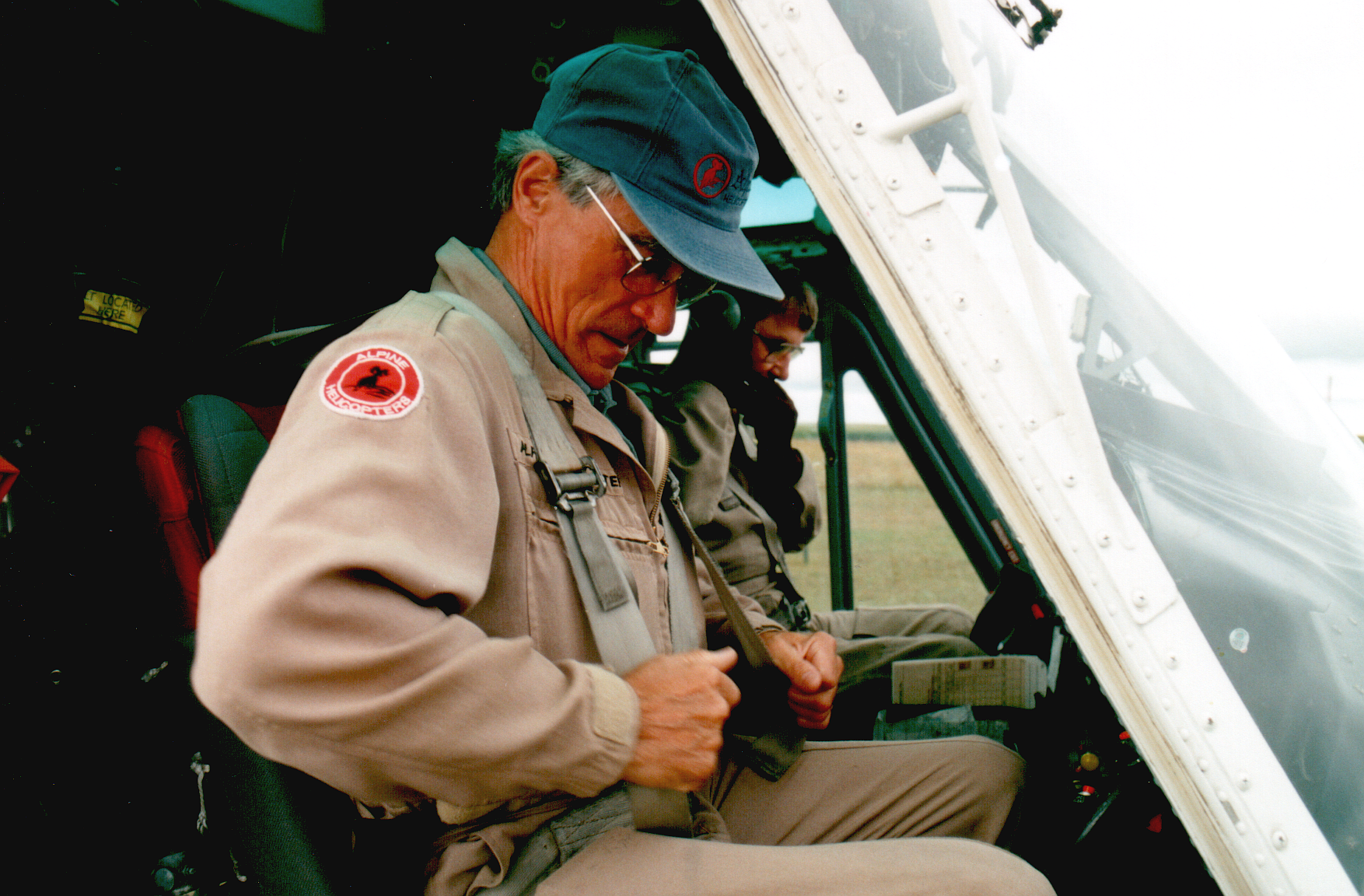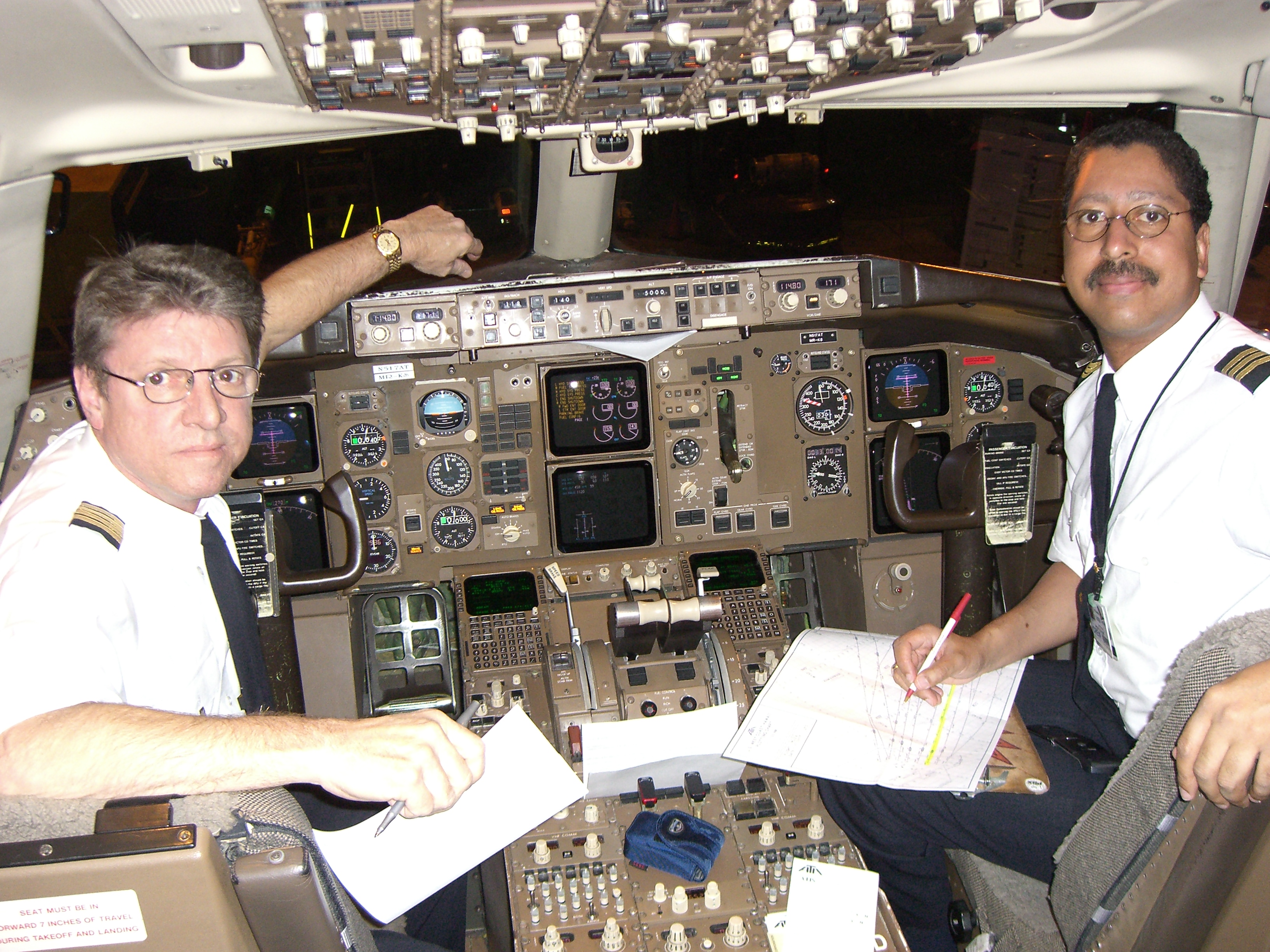|
Pilot Flying
In commercial aviation with a two-person flight crew, the pilot flying (PF) is the pilot operating the flight controls of the aircraft. The other pilot is referred to as the pilot monitoring (PM) or pilot not flying (PNF). Before a flight departs, the pilot in command The pilot in command (PIC) of an aircraft is the person aboard an aircraft who is ultimately responsible for its operation and safety during flight. This would be the captain in a typical two- or three- pilot aircrew, or "pilot" if there is only ... must decide who the pilot flying and pilot monitoring will be for the remainder of the flight, or for any specific phase of flight (e.g., takeoff, approach, or landing). Typically, the flight crew swap roles on the return leg. References {{aviation-stub Aircraft operations ... [...More Info...] [...Related Items...] OR: [Wikipedia] [Google] [Baidu] |
Commercial Aviation
Commercial aviation is the part of civil aviation that involves operating aircraft for remuneration or hire, as opposed to private aviation. Definition Commercial aviation is not a rigorously defined category. All commercial air transport and aerial work operations are regarded as commercial aviation, as well as some general aviation flights. An aircraft operation involving the transportation of people, goods, or mail for payment or hiring is referred to as commercial air transport. Both scheduled and unscheduled air transport operations are included. An aircraft used for specialized services including agriculture, construction, photography, surveying, observation and patrol, search and rescue, advertising, etc. is referred to as aerial work. General aviation includes commercial activities such as flight instruction, aerial work, and corporate and business aviation, as well as non-commercial activities such as recreational flying. Most commercial aviation activities require ... [...More Info...] [...Related Items...] OR: [Wikipedia] [Google] [Baidu] |
Flight Crew
Aircrew are personnel who operate an aircraft while in flight. The composition of a flight's crew depends on the type of aircraft, plus the flight's duration and purpose. Commercial aviation Flight deck positions In commercial aviation, the crew responsible for operating and controlling the aircraft are called ''flight crew''. Some flight crew position names are derived from nautical terms and indicate a rank or command structure similar to that on ocean-going vessels, allowing for quick executive decision making during normal operations or emergency situations. Historical flightdeck positions include: * Captain, the pilot Pilot-in-Command and highest-ranking member or members of a flight crew. * First officer (FO, also called a co-pilot), another pilot who is normally seated to the right of the captain. (On helicopters, an FO is normally seated to the left of the captain, who occupies the right-hand seat.)Smith, PatrickPatrick Smith's Ask The Pilot: When a Pilot Die ... [...More Info...] [...Related Items...] OR: [Wikipedia] [Google] [Baidu] |
Flight Control Surfaces
Flight control surfaces are aerodynamic devices allowing a pilot to adjust and control the aircraft's flight attitude. The primary function of these is to control the aircraft's movement along the three axes of rotation. Flight control surfaces are generally operated by dedicated aircraft flight control systems. Development of an effective set of flight control surfaces was a critical advance in the history of development of aircraft. Early efforts at fixed-wing aircraft design succeeded in generating sufficient lift to get the aircraft off the ground, however with limited control. The development of effective flight controls allowed stable flight. A conventional fixed-wing aircraft uses three primary flight control surfaces– aileron, rudder and elevator to control the roll, yaw, and pitch respectively. Secondary flight control surfaces might include spoiler, flaps, and slats on the wings. The main control surfaces of a fixed-wing aircraft are attached to the airfram ... [...More Info...] [...Related Items...] OR: [Wikipedia] [Google] [Baidu] |
Aircraft
An aircraft ( aircraft) is a vehicle that is able to flight, fly by gaining support from the Atmosphere of Earth, air. It counters the force of gravity by using either Buoyancy, static lift or the Lift (force), dynamic lift of an airfoil, or, in a few cases, direct Powered lift, downward thrust from its engines. Common examples of aircraft include airplanes, rotorcraft (including helicopters), airships (including blimps), Glider (aircraft), gliders, Powered paragliding, paramotors, and hot air balloons. Part 1 (Definitions and Abbreviations) of Subchapter A of Chapter I of Title 14 of the U. S. Code of Federal Regulations states that aircraft "means a device that is used or intended to be used for flight in the air." The human activity that surrounds aircraft is called ''aviation''. The science of aviation, including designing and building aircraft, is called ''aeronautics.'' Aircrew, Crewed aircraft are flown by an onboard Aircraft pilot, pilot, whereas unmanned aerial vehicles ... [...More Info...] [...Related Items...] OR: [Wikipedia] [Google] [Baidu] |
Pilot In Command
The pilot in command (PIC) of an aircraft is the person aboard an aircraft who is ultimately responsible for its operation and safety during flight. This would be the captain in a typical two- or three- pilot aircrew, or "pilot" if there is only one certificated and qualified pilot at the controls of an aircraft. The PIC must be legally certificated (or otherwise authorized) to operate the aircraft for the specific flight and flight conditions, but need not be actually manipulating the controls at any given moment. The PIC is the person legally in charge of the aircraft and its flight safety and operation, and would normally be the primary person liable for an infraction of any flight rule. The strict legal definition of PIC may vary slightly from country to country. The International Civil Aviation Organization (ICAO) definition is: "The pilot responsible for the operation and safety of the aircraft during flight time." In Annex 2, "Rules of the Air", under par. "2.3.1 Responsi ... [...More Info...] [...Related Items...] OR: [Wikipedia] [Google] [Baidu] |




